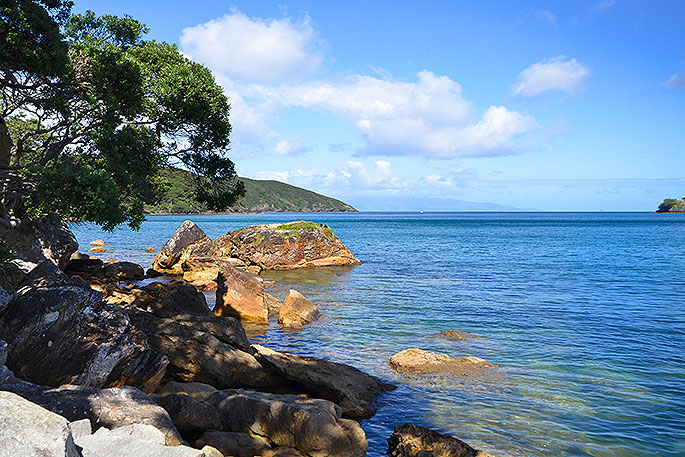A collaboration between the fishing industry, government, iwi, and environmental groups has announced that a trial using on-board cameras to monitor accidental capture of seabirds by fishers in the Hauraki Gulf would be extended for a third year.
The trialling, which began in 2016, is aimed first at testing how well cameras can monitor seabird by-catch compared to human observers; and second at gathering more robust data on how many seabirds are being caught.
Takoketai/Black Petrel is a threatened seabird that nests nowhere else on Earth apart from Aotea/Great Barrier Island and Hauturu/Little Barrier Island.
The collaborative group, called the Black Petrel Working Group, is taking actions to encourage fishers working in the areas where the bird forages to use best practice seabird by-catch avoidance techniques.
'Members of the group have signed a public pledge to work together to ensure black petrels thrive alongside fishing,” says Janice Molloy, Convenor of the Southern Seabird Solutions Trust.
'We want to find out if what we are doing is working and whether seabird captures are dropping or not. We hope cameras will give us this information.”
WWF-New Zealand CEO Livia Esterhazy says this camera trial is the result of a truly ground-breaking collaboration.
'We commend the fishers who have volunteered to have an on-board camera, as well as Sanford, Moana NZ, and Leigh Fisheries who are paying to make it happen.”
The footage reviewed so far shows cameras and observers see similar numbers of hooked seabirds.
As well, the footage is clear enough to enable experts to work out what kind of seabird has been caught. This is an important aspect of the trial.
'We all have a responsibility to care for the creatures in the domain of tangaroa but to have a real impact no single organisation can do it alone,” says Steve Tarrant, Chief Executive Officer of Moana New Zealand.
'The Black Petrel Working Group is a great example of collaboration in action. I highly commend our hard working fishers for welcoming the participation in the trial as we all strive to gain better data to ensure our mitigation measures are working.”
Karen Baird, Seabird Conservation Advocate for Forest and Bird says companies involved are leading the way for New Zealand fisheries seabird protection and showing what can be done with good will and intention.
'This trial is providing important insights into how valuable cameras can be in tracking by-catch of threatened species."
Dave Moore, Managing Director of inshore longline operator Wild Fish NZ Ltd says they want better data to see if the actions 'we are taking are making a difference”.
'Better information can also help us address problems when they arise. Cameras can help us do both but we need to prove that the cameras can do the job of an observer and we need to collect several years' worth of information so that it's more reliable and accurate.”
Sanford CEO Volker Kuntzsch says his team are proud to be involved.
'Sustainability and care are key for us. It's excellent to be able to help with the work being done to understand and minimise fishing impacts on black petrel. This isn't something coming just from our head office, this is a passion that our fishers feel too. They are big supporters of learning all we can, to make sure we are doing the right thing out on the water.”
The camera trial is being financed by the three company members of the Black Petrel Working Group (Sanford Ltd, Moana New Zealand and Leigh Fisheries) and the subsequent data analysis is being financed by Fisheries New Zealand.



0 comments
Leave a Comment
You must be logged in to make a comment.